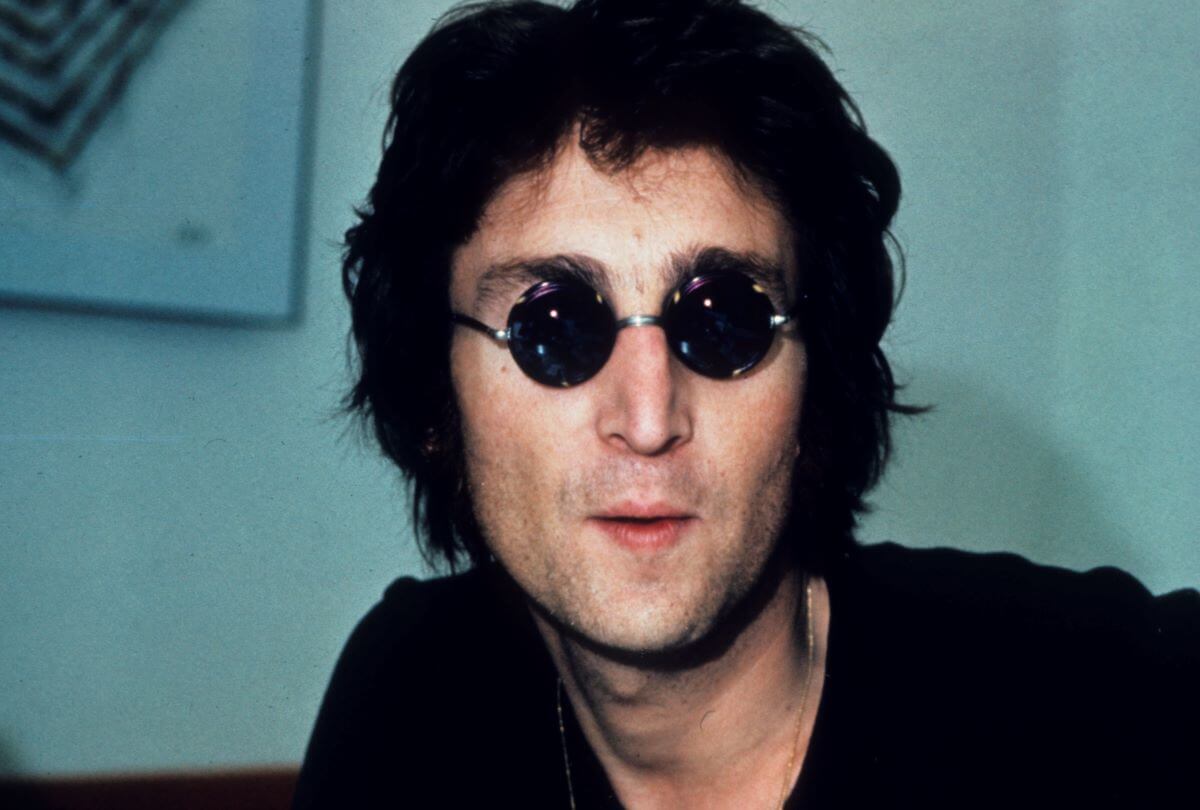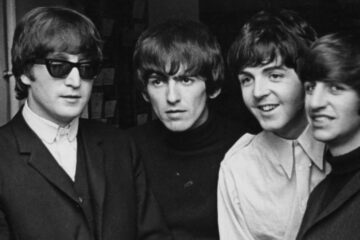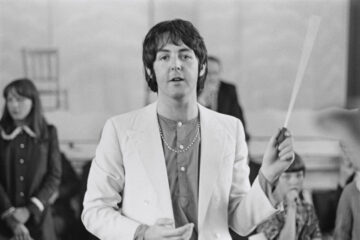John Lennon was a bit of terror during his time with The Beatles. The group had been so desperate for fame and fortune that when it arrived, they took it in their stride and accepted their new roles under the spotlight. But while most of the group were dutiful, Lennon was still a rebel at heart.
The Beatles explosion had not only assured them their icon status for the future but had also sent millions of fans into a deep state of education about the band. Without social media or indeed any tangible connection to the group, fan cults tended to meticulously paw over songs and albums trying to find hidden insights.
John Lennon knew this and, on The Beatles’ classic double record The White Album, he made sure he left a few red herrings ensured to send fans and Beatles aficionados into overdrive. He filled one song to the brim with false information or deliberate intrigue and it became a Beatles classic because of it. Of course, we’re talking about ‘Glass Onion’.
The knowledge of The Beatles mythology was palpable by 1968 when the group were writing and recording the new record. Lennon, well aware of this and not a fan of people interpreting his work, decided to write a song which would send fans through a loop and make reference to several other Beatles tracks at the same time. The song notes Fab Four compositions, ‘I Am The Walrus’, ‘Strawberry Fields Forever’, ‘Lady Madonna’, ‘The Fool On The Hill’, and ‘Fixing A Hole’.
Thanks to the self-referential moments the song itself begins to loop in on itself almost from the very beginning as it offers a psychedelic view of The Beatles past work. But according to Lennon, it was far simple than that. “That’s me, just doing a throwaway song, à la ‘Walrus’, à la everything I’ve ever written.”
The real reason ‘Glass Onion’ has become such a classic is that it seemingly answered one long-held question about The Beatles song ‘I Am The Walrus’. The track had become a fan favourite for its psychedelic tendencies and the classic allegory it shared.
In such a trippy song there was bound to be some unintended inferences and fans picked up on them straight away. Soon enough the idea that Lennon was trying to covertly tell his fans about the struggles in his life and the imposing image of Paul McCartney was prevalent and the interpretations of who ‘The Walrus’ really was, came flooding in. Rather than dispel any mythos, Lennon encouraged it with ‘Glass Onion’.
“I threw the line in – ‘the Walrus was Paul’ – just to confuse everybody a bit more,” recalls Lennon in 1980, speaking with David Sheff. “And I thought Walrus has now become me, meaning ‘I am the one.’ Only it didn’t mean that in this song. It could have been ‘the fox terrier is Paul,’ you know. I mean, it’s just a bit of poetry. It was just thrown in like that.”
“Well, that was a joke,” concedes Lennon in the same interview. But he does concede that the track isn’t all empty leads. “The line was put in partly because I was feeling guilty because I was with Yoko and I was leaving Paul. I was trying – I don’t know. It’s a very perverse way of saying to Paul, you know, ‘Here, have this crumb, this illusion – this stroke, because I’m leaving’.”
While the track may be constructed out of false hope and empty promises for fans, it may be full to the brim with red herrings, John Lennon actually wrote the song as a small token of his affection for Paul McCartney.



